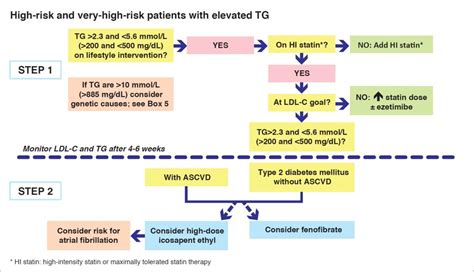Intro
Discover the ultimate Regular Pt Inr Monitoring Guide, covering blood thinners, anticoagulation therapy, and warfarin management, to ensure safe and effective INR levels, preventing thrombosis and bleeding complications.
Regular monitoring of Prothrombin Time (PT) and International Normalized Ratio (INR) is crucial for patients taking anticoagulant medications, such as warfarin. These tests help healthcare providers assess the effectiveness of the medication and adjust the dosage as needed to prevent complications. In this article, we will delve into the importance of regular PT INR monitoring, its benefits, and provide a comprehensive guide on how to navigate this process.
The importance of regular PT INR monitoring cannot be overstated. Anticoagulant medications, such as warfarin, work by slowing down the blood clotting process, which can help prevent stroke, heart attack, and other cardiovascular events. However, these medications can also increase the risk of bleeding, which can be life-threatening. Regular PT INR monitoring helps healthcare providers strike a delicate balance between preventing blood clots and minimizing the risk of bleeding.
Regular monitoring of PT INR also helps patients take an active role in their healthcare. By understanding their PT INR results, patients can make informed decisions about their treatment plan and take steps to minimize their risk of complications. In the following sections, we will explore the benefits of regular PT INR monitoring, the working mechanisms of PT INR tests, and provide practical guidance on how to navigate this process.
Understanding PT INR Tests

Benefits of Regular PT INR Monitoring
Regular PT INR monitoring offers several benefits, including: * Improved patient outcomes: Regular monitoring helps healthcare providers adjust the anticoagulant dosage to achieve the optimal INR range, reducing the risk of complications. * Enhanced patient safety: Regular monitoring helps identify potential issues before they become serious, reducing the risk of bleeding and thromboembolic events. * Increased patient engagement: Regular monitoring empowers patients to take an active role in their healthcare, making informed decisions about their treatment plan and lifestyle choices.How PT INR Monitoring Works

The PT INR test involves drawing a blood sample from a vein in the arm, which is then sent to a laboratory for analysis. The results are typically available within 24 hours, and healthcare providers use this information to adjust the anticoagulant dosage as needed.
Steps for Effective PT INR Monitoring
To ensure effective PT INR monitoring, patients should follow these steps: 1. Attend regular follow-up appointments with their healthcare provider. 2. Take their anticoagulant medication as directed. 3. Keep a record of their INR results and any changes to their medication dosage. 4. Inform their healthcare provider of any changes to their lifestyle, such as diet or exercise habits. 5. Use a portable INR meter to monitor their INR levels at home, if recommended by their healthcare provider.Practical Guidance for Patients

Common Challenges and Solutions
Patients may encounter several challenges during the PT INR monitoring process, including: * Difficulty getting to follow-up appointments: Patients can ask their healthcare provider about telehealth options or schedule appointments at a convenient time. * Forgetfulness about taking medication: Patients can use a medication reminder app or ask a family member to remind them. * Concerns about bleeding or thromboembolic events: Patients can discuss their concerns with their healthcare provider and ask about strategies to minimize their risk.Statistical Data and Research

Future Directions and Emerging Trends
The field of PT INR monitoring is constantly evolving, with emerging trends and technologies aimed at improving patient outcomes. Some of these trends include: * Point-of-care INR testing: This technology allows patients to perform INR tests at home, reducing the need for laboratory tests and improving patient convenience. * Artificial intelligence and machine learning: These technologies can help healthcare providers analyze large datasets and identify patterns, improving the accuracy of INR results and reducing the risk of complications.Conclusion and Next Steps

We encourage readers to share their experiences and ask questions about PT INR monitoring in the comments section below. Additionally, we invite readers to share this article with others who may benefit from this information.
What is the purpose of PT INR monitoring?
+PT INR monitoring is used to assess the effectiveness of anticoagulant medications, such as warfarin, and adjust the dosage as needed to prevent complications.
How often should I have my PT INR levels checked?
+The frequency of PT INR monitoring depends on individual patient needs, but most patients require regular monitoring every 2-4 weeks.
What are the benefits of regular PT INR monitoring?
+Regular PT INR monitoring offers several benefits, including improved patient outcomes, enhanced patient safety, and increased patient engagement.
